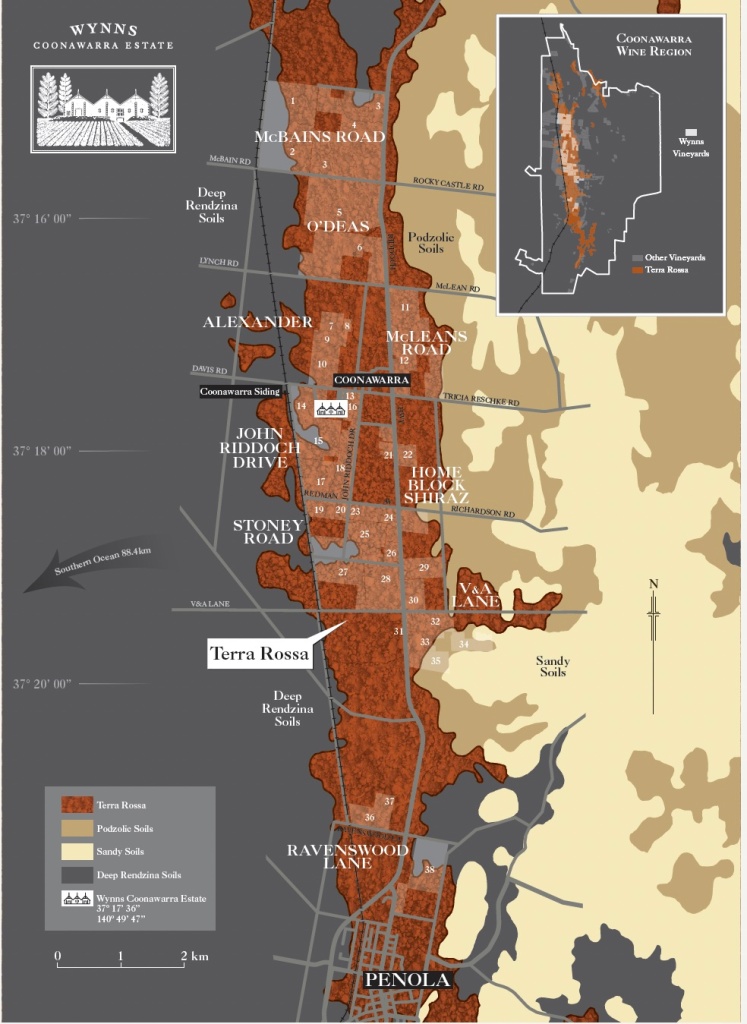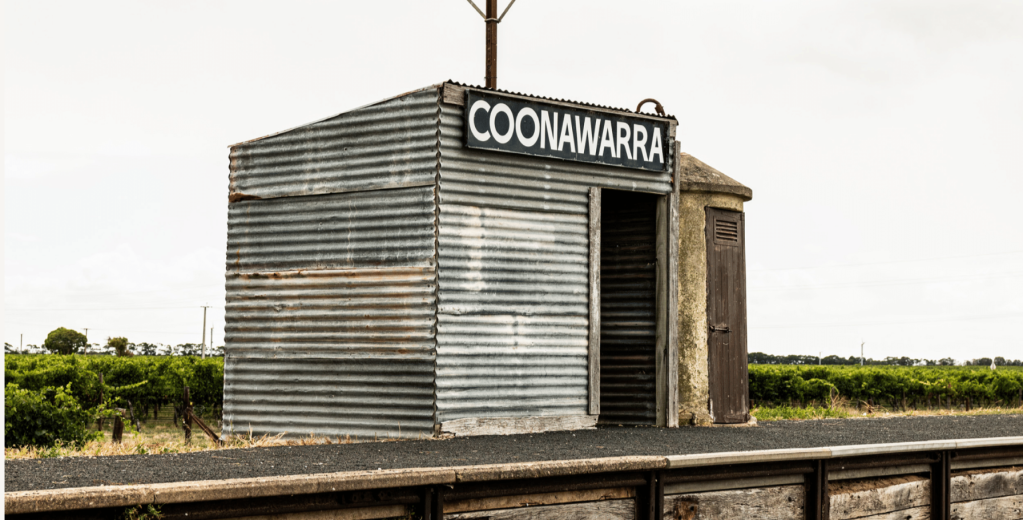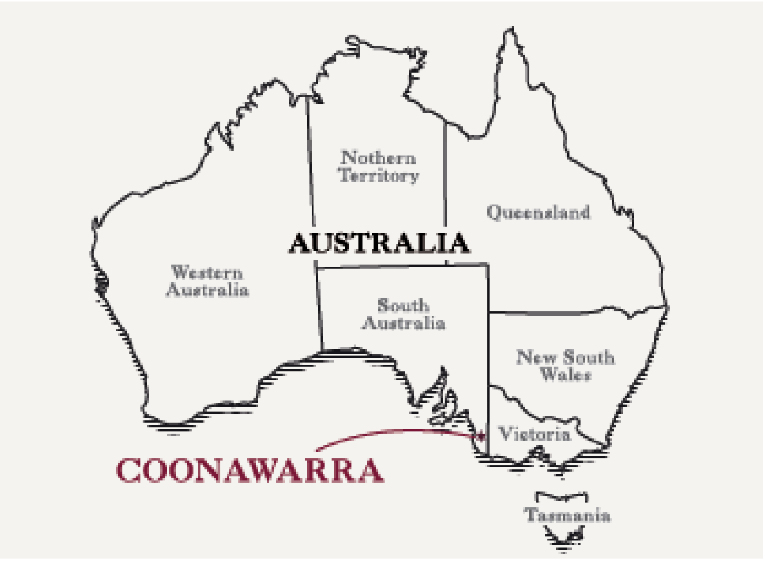I have always been interested in Australian wines and Australia in general. When I first moved to San Francisco, I would go to a small wine merchant in my neighborhood of Cole Valley and pick up a bottle of Wynns Coonawarra Shiraz on many a Friday–it was reasonably priced wine and a delightful bottle of Shiraz. I was allured to taste as much Shiraz as I could find. And luckily, I found the Australia Day tasting in San Francisco where I expanded my tasting experience and was able to taste other varieties like Chardonnay, Cabernet Sauvignon, Riesling and Pinot Noir and more. Sadly the Australia Day tasting ceased and since then it is a rarity year-over-year to taste Australian wines. I certainly taste as much as I can today and look for opportunities to taste wherever and whenever possible..
I still have my proposed itinerary for Australia for my sabbatical year of 2016 and had planned 12 European countries and 60 cities tour and I thought I could fit in Australia….. Needless to say it didn’t happen given our very short 24 hour days and complexity of travel: unfortunately I had to take Australia out of my travel plans for that year. So hopefully, I can double click on that Australian travel itinerary that I create one day.
I had the opportunity to interview Sue Hodder and delve into Coonawarra Cabernet Sauvignon and to learn more about Sue and her experience as a winemaker at an historic producer; and noted for their flagship wine the John Riddoch Cabernet Sauvignon. John Riddoch often scored by top wine publications and reviewers consistently and constantly in the upper 90 point score band. I looked at my wine tasting database and I haven’t tasted it yet but will do so shortly. I look forward to tasting this highly acclaimed Cabernet Sauvignon from the red soil of their Coonawarra Estate where only the most select estate fruit (1%) makes into the John Riddoch bottling and on 70 year old rooted vines not grafted to other Vitis species and aged for 17 months in (23% new, 45% one year old and 32% 2 year old) French oak.
I am glad to make sure in my interview series that I reach many producers and professionals in all regions in all aspects of wine. And now I am delighted to have Sue as my first Australian winemaker in my series.
JTWG Question #1
Can you give readers your background and how you got to winemaking? And can you talk about your winemaking experience in terms of regions and varieties?
Sue Hodder:
I first got into winemaking by means of studying Agriculture. I grew up in Alice Springs which is in the centre of Australia, and I came south to agricultural college. Roseworthy College also has a wine programme – similar to UC Davis—so I saw all the wine students “plonkies” having a great time. I finished studying Ag science, travelled overseas and then ultimately went back to Roseworthy to study winemaking.
I love winemaking because it involves the soils, the environment and the seasons to ultimately give us a great product. I have had a wonderful opportunity to be involved in such a traditional yet dynamic industry.
JTWG Question #2
Australia is synonymous with Shiraz (and I love Australian Shiraz) and I have said many times before that Australia is a trailblazing wine production nation-state. Wynns is well known for award winning and acclaimed Cabernet Sauvignon – what is the genesis of this distinction?
Sue Hodder:
As far as grape varieties in Australia go, it’s true that Shiraz is the ubiquitous variety, but it is a chameleon. Wherever it’s grown it reflects the terroir or environment so Shiraz can be anything from very light to big full-bodied wine. Our Coonawarra Shiraz has red fruits and spice and is medium bodied but still cellars beautifully for decades. But it is true that Coonawarra is best known for Cabernet Sauvignon. Wynns has an amazing Cabernet heritage with a 66-year vertical of our Black label Cabernet. Our wines are widely collected and cellared. I’m always delighted when I see the old bottles turn up around the world and if they’re being well cellared, they should be drinking well.
JTWG Question #3
What makes Coonawarra the well known wine producing region that it is? (Climate, soil, etc.)
Sue Hodder:
Our oldest Cabernet vineyards are now 70 years old, grown on their own roots because we haven’t had phylloxera here. We think the variety and the synergy with the Coonawarra environment is very special. It a beautiful region to visit “off the beaten track” as we say, and most Australians don’t know where it is. Almost equidistant between Adelaide and Melbourne. Significantly, it’s in the South and the relevance of that is that it’s a cooler climate because it’s influenced by that big water mass of the Southern Ocean. That is very cool water and when the wind comes off there it really cools the region down particularly at night. So, it’s the combination of that cooler climate and the beautiful Terra Rossa soil that makes Coonawarra special. It’s important to point out also that Coonawarra was the first region to be planted or identified as a viticultural area in Australia for its physical characteristics – not just proximity to a big city. This lovely red ridge of ancient coastline – limestone-based Terra Rossa soil – gives us the characteristics that we’re really looking for. Therefore, the combination of the climate and this soil add to the suitability of growing and making great age worthy cabernet.


JTWG Question #4
What Cabernet Sauvignon clones does Wynns produce?
Sue Hodder:
Wynns has about 13 different Cabernet “clones” in our vineyards. Many of them are not clones in the strictest sense but selections because they’re so old, but we do have some commercially available clones and of course they reflect the site or the vineyard where they’re grown. Our old vines are the ones that we value the most. We’ve chosen them through their ability to make beautiful wine over many decades (and that is important) but it’s important to have a diversity of planting material in the Terra Rossa vineyards.
JTWG Question #5
What is Wynns Cabernet style – New World, Old World?
Sue Hodder:
Our style is our own really. (I know everyone says that) Wynns Coonawarra wines are different from our neighbours in Coonawarra and we’re not really old or new world. For example, we don’t have the big, sweet fruit that maybe some people are expecting from what I call “new world.” We make a medium bodied style from old vines that ages well. I would say that we have our own style and most people will agree with me when you try that often they are mistaken for old world wines in a line-up.
JTWG Question #6
Can you talk about any certifications (organic, sustainable, biodynamic, etc.) or even practices that Wynns observes?
Sue Hodder:
The Wynns vineyards and our winery are Sustainable Winegrowing Australia (SWA) accredited. That programme involves improvement every year. You have to strive to do better with everything. In the winery with all our inputs and then waste and in foremost in the vineyards. We are sincerely trying to protect the soil and leave the whole environment here in a better place than when we first arrived. That is something we strive for in everything we do.
JTWG Question #7
I did an informal survey amongst my network and found that most had never tasted an Australian Cabernet Sauvignon – seems like there is a great opportunity for people in the US in particular to discover varieties like Cabernet Sauvignon, Chardonnay, Riesling, Pinot Noir and other varieties – (Australia I think may be the only wine producing nation-state that produces almost all commercially produced wine grape varieties) – what might aide in consumers to taste Coonawarra Cabernet Sauvignon?
Sue Hodder:
Australian Cabernet Sauvignon is truly diverse in such a big, established viticultural country. I am aware that there are some pockets of collectors in the US that know our wines. We love the fact that we’ve been in the USA—in a small way—for a long time. Our John Riddoch flagship wine is on sale in the US at the moment at and we were delighted that people have contacted us (social media) to appreciate the wine being in the market again.
JTWG Question #8
Regarding enotourism, what regions should be on an itinerary and why? (Australia is a vast nation and just looking at the wine regions there are more than most might expect–I like at an Australian wine map and I do not know where to begin)
Sue Hodder:
Given that we live in such a pristine region—tourism is certainly part of our story—visitors can choose to arrive in Melbourne and drive across along the great ocean road and visit Coonawarra then head on up to Adelaide. That would be a beautiful trip by any definition. Our geology is based on World Heritage listed caves and we have a beautiful coastline. It’s an agricultural area with lovely food and plenty to do and see and most people that come here will find it’s not overrun with tourist buses.
JTWG Question #9
What are your favorite dishes with your Cabernet and other Wynns wines?
Sue Hodder:
Regarding food, my favourite pairing with Wynns Cabernet is salmon. I find the fatty texture of the salmon and the fine tannins of our medium bodied cabernet, just a beautiful pairing.
When I do the tasting notes each year, I do a different version of salmon to suit the vintage of the wine.
JTWG Question #10
What is your favourite book on wine?
Sue Hodder:
I have many favourite wine books, but importantly, there’s a new book being launched later this year. Andrew Caillard MW “The Australian Ark” which is a definitive reference over three volumes. It tells the whole Australian wine story from 1788 to present. I haven’t seen the final editions yet, but I have read some chapters that involve Wynns Coonawarra and I understand it’s an amazing book.
I greatly appreciate Sue Hodder’s time to respond to questions to help give an expansive view of Coonawarra, Wynns, Wynns Cabernet and more. I often look at wine regions on labels and in many ways they seem to be just a name (an abstract place) at first. But when I delve into the subject matter, I find the region more real and a place of distinction and a raison d’être. Most wine countries are beautiful and represent not just a snapshot of now but an evolution of time and a place where we can appreciate the delicateness of earth and get the opportunity to experience wines that each wine country gives to us.
Thank you and be sure to subscribe to see my wide diversity of wine topics including interviews.
Thank you,
James, JamesTheWineGuy
Photos in this article are courtesy of Wynns Coonawarra Estate.
© 2023 James Melendez / JamesTheWineGuy— All Rights Reserved – for my original content, drawings, art work, graphics, photographs, logo, brand name, rating, wine taxonomy, and all designs of JamesTheWineGuy. JamesTheWineGuy is also on Facebook, Twitter and most major social medias.
















